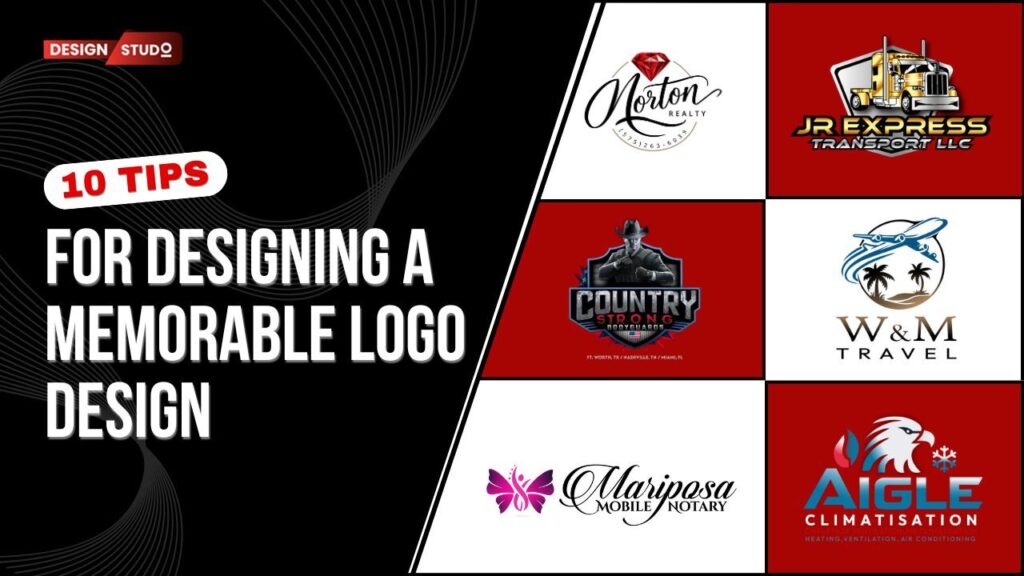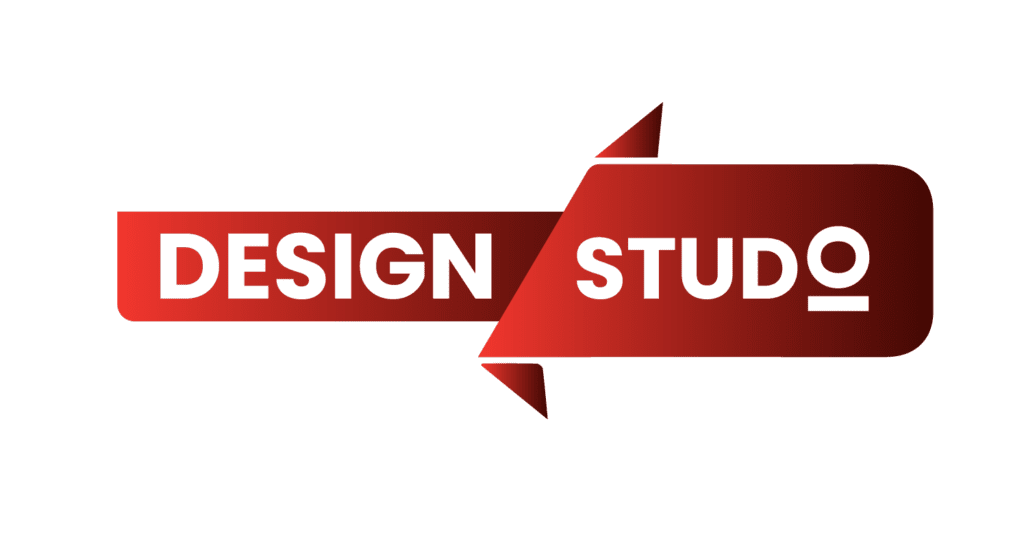In today’s digital landscape, having a robust online presence is essential for businesses of all sizes. Whether you’re a startup looking to make your mark or an established company aiming to enhance your visibility, creating a professional website is a crucial step. At Design Studio Online, recognized as the best digital marketing agency in USA, we understand the intricacies of effective web design and development. In this comprehensive guide, we will walk you through the best practices for creating a website that not only attracts visitors but also converts them into loyal customers.
Understanding Your Goals
Before diving into the technical aspects of website creation, it’s vital to define your objectives. What do you want your website to achieve? Are you looking to sell products, generate leads, or simply provide information about your services? Understanding your goals will guide every subsequent decision, from design choices to content creation.
Define Your Target Audience
Identifying your target audience is a critical component of your website strategy. Consider who will be visiting your site and what their needs and preferences are. Are they young professionals seeking innovative solutions, or are they older customers looking for reliability and trust? Tailoring your content and design to resonate with your audience is key to engaging them effectively.
Choosing the Right Domain Name
Your domain name is your website’s address on the internet. It should be memorable, easy to spell, and reflect your brand identity. A good domain name can enhance your brand’s credibility and make it easier for customers to find you online. Aim for a name that succinctly captures the essence of your business while being unique enough to stand out.
Tips for Selecting a Domain Name
- Keep it Short and Simple: Avoid complex words or long phrases.
- Use Keywords: If possible, include relevant keywords that reflect your business.
- Choose the Right Extension: While .com is the most recognized, consider alternatives like .net, .org, or industry-specific extensions if your desired domain is unavailable.
Don’t forget to checkout:
Top 20 Website Development Services with Stunning Results
Best 3D Animation Studios in the USA for 2025 Projects
Selecting a Hosting Provider
Once you have a domain name, the next step is to choose a web hosting provider. Your hosting service is crucial as it determines your website’s performance, security, and uptime. Look for a provider that offers reliable customer support, scalability options, and robust security features.
Recommended Hosting Types
- Shared Hosting: Cost-effective for small businesses and startups.
- VPS Hosting: Offers more resources and control for growing websites.
- Dedicated Hosting: Best for large businesses with high traffic and specific needs.
- Managed WordPress Hosting: Ideal for WordPress sites, offering optimized performance and support.
Designing Your Website
The design of your website plays a critical role in user experience. An aesthetically pleasing and user-friendly design can significantly impact how visitors perceive your brand. Here are some best practices to consider:
Emphasize User Experience (UX)
A well-designed website prioritizes user experience. Ensure your site is easy to navigate, with intuitive menus and clear calls to action. Use whitespace effectively to avoid clutter and make important elements stand out.
Responsive Design
With the increasing use of mobile devices, having a responsive design is non-negotiable. Your website should be accessible and functional across various devices, including smartphones, tablets, and desktops. This adaptability not only enhances user experience but also positively impacts your search engine rankings.
Visual Elements
Incorporate high-quality images, videos, and graphics that align with your brand. Visual elements can capture attention and convey your message more effectively than text alone. However, be mindful of loading times; optimize images to ensure your site remains fast and responsive.
Crafting Compelling Content
Content is the backbone of your website. It informs, engages, and persuades visitors to take action. At Design Studio Online, we emphasize the importance of creating high-quality, relevant content that speaks directly to your audience.
Key Components of Effective Website Content
- Clear Messaging: Communicate your value proposition clearly. Visitors should instantly understand what you offer and why it matters.
- SEO Optimization: Incorporate relevant keywords naturally to enhance your site’s visibility in search engines. Utilize on-page SEO techniques, including meta tags, headers, and alt text for images.
- Actionable CTAs: Include clear calls to action throughout your content. Encourage visitors to take specific actions, such as signing up for a newsletter or making a purchase.
Implementing SEO Strategies
Search Engine Optimization (SEO) is critical for driving organic traffic to your website. By optimizing your site for search engines, you increase your visibility and attract more potential customers.
On-Page SEO Techniques
- Keyword Research: Identify relevant keywords that your target audience is searching for. Tools like Google Keyword Planner can help you find the right terms.
- Content Optimization: Ensure your content includes these keywords naturally without overstuffing. Aim for a balance that maintains readability while improving SEO.
- Internal Linking: Use internal links to guide visitors to related content on your site, helping to improve navigation and SEO.
Off-Page SEO Strategies
- Backlink Building: Cultivate relationships with other reputable websites to earn backlinks. Quality backlinks enhance your site’s authority and improve rankings.
- Social Media Engagement: Promote your content on social media platforms to increase visibility and traffic. Engaging with your audience on social media can also foster brand loyalty.
Don’t forget to checkout:
Responsive Logos Why You Need Them in the Digital Age
5 E-commerce Website Platforms to Watch Out for in 2025
Testing and Launching Your Website
Before your website goes live, conduct thorough testing to ensure everything functions as intended. Check for broken links, typos, and any design inconsistencies. Consider gathering feedback from trusted colleagues or beta testers to identify potential improvements.
Launching Your Website
Once you’re satisfied with your site’s performance and design, it’s time to launch! Promote your website through various channels, including social media, email newsletters, and online advertising. Consider running a launch campaign to generate excitement and attract visitors right from the start.
Ongoing Maintenance and Improvement
Creating a website is just the beginning. Ongoing maintenance is essential to ensure your site remains functional, secure, and relevant. Regularly update your content, monitor performance metrics, and make necessary adjustments based on user feedback.
Analyze and Adapt
Utilize tools like Google Analytics to track your website’s performance. Monitor metrics such as traffic sources, bounce rates, and user behavior to gain insights into what’s working and what needs improvement. Use this data to refine your marketing strategies and enhance user experience.
Conclusion
Creating a successful website involves careful planning, strategic design, and ongoing optimization. By following these best practices and leveraging the expertise of a reputable digital marketing agency like Design Studio Online, you can build a website that not only meets your business goals but also resonates with your audience. Remember, your website is a reflection of your brand—make it count!
Also check out Design Studio Online GBP…










